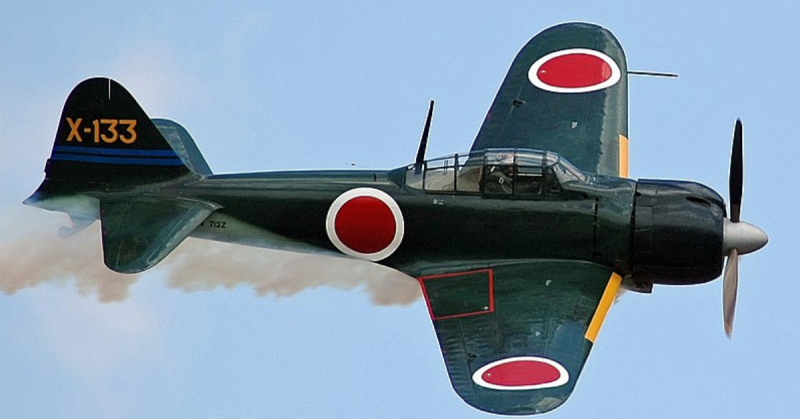One of the most famous planes of the Second World War, the Mitsubishi A6M Zero-Sen, was Japan’s best fighter and the bane of Allied airmen in the Pacific.
Rigorous Specifications
The Zero was designed to meet a tough set of specifications set down by the Japanese Navy in 1937. They wanted a plane to replace the A5M carrier fighter, also produced by Mitsubishi. The new plane had to have a top speed in excess of 310mph (about 499kmph) and reach an altitude of 9840 feet (almost 3,000 meters) in three and a half minutes. It also had to have better maneuverability and range than any existing fighter, as well as carry two machine guns and two cannons. It was an ambitious brief.
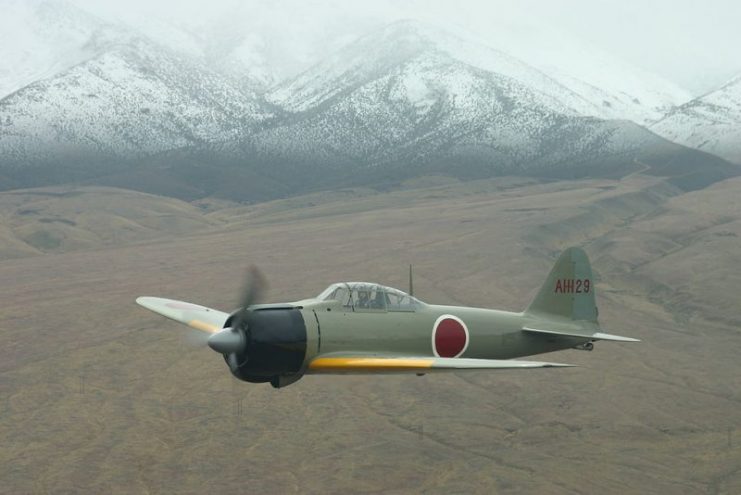
The Only Competitor
Given the difficulty of meeting the Navy’s demands, few companies were willing to take up the challenge. Only Mitsubishi threw its hat into the ring, with a design team led by Jiro Horikoshi.
Taking Flight
The prototype Zero first took flight on April 1st, 1939. It met the expectations of the navy and proved the incredible skill of Jiro Horikoshi’s team. On the 14th of September, it was accepted into service as the A6M1 Carrier Fighter.
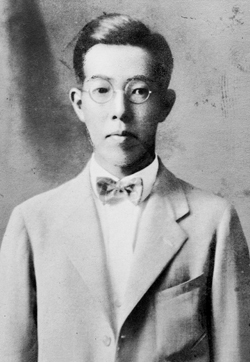
Changing Engines
The first Zeros were powered by the Mitsubishi Zuisei, a relatively lightweight engine that minimized the weight of the plane. Later on, these were replaced by Nakajima Sakae 925hp radial engines. The Sakae was a little heavier and larger than the Zuisei, but more than compensated for this with extra power. The plane far exceeded the Navy’s expectations.
Named for the Year
Many Japanese military vehicles were named for the year in which their production began. This pattern extended to Navy fighters. The Zero entered full production in 1940 AD, equivalent to the year 2600 in the Japanese calendar. Based on this, it was given the name Zero-Sen – Type Zero.
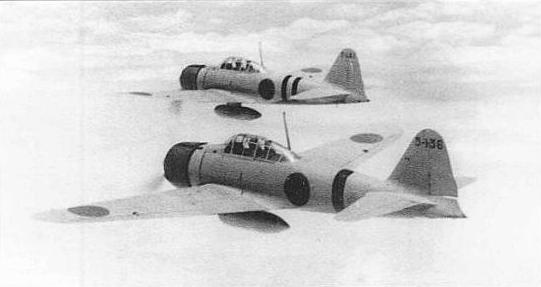
First Fight Over China
As the Zero was being prepared for production, Japan was embroiled in an invasion of China. As the Chinese put up increasingly stiff resistance, the Navy asked for early Zeros to be sent to China. It was here that they saw their first use in combat in August 1940. In the skies above Chungking, 15 Zeros shot down all the Chinese fighters sent against them – a very promising start for Mitsubishi’s creation.
Ignored by the West
Intelligence about the impressive new fighter quickly reached the American government. Despite rising tensions in the Pacific, they largely ignored this information until after the attack on Pearl Harbor in December, 1941. As a result, the Americans missed out on a year of planning to tackle this formidable weapon.
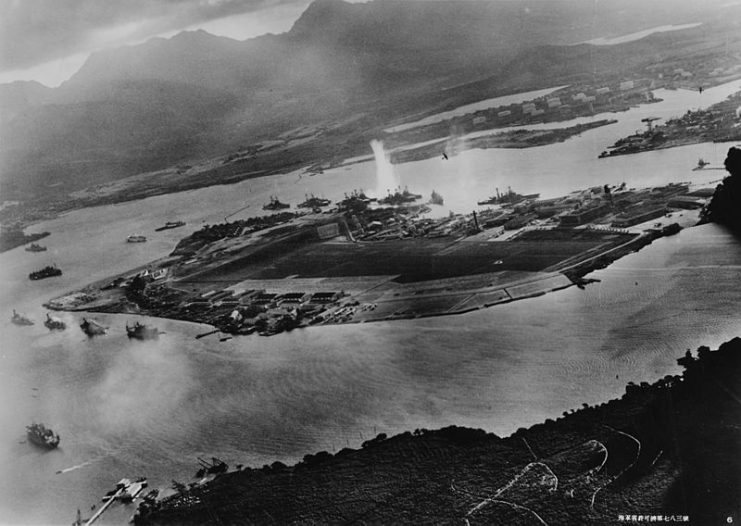
The First Sea-Borne Plane to Outclass Land-Based Opponents
Naval planes faced limitations on their design due to the need to be transported on and flown from aircraft carriers. It was one thing for a shipboard fighter to reliably defeat an enemy equivalent, but the Zero was the first plane to achieve something more – becoming a seaborne plane that could reliably beat land-based fighters. This made it a particularly intimidating foe, one that Allied pilots struggled against.
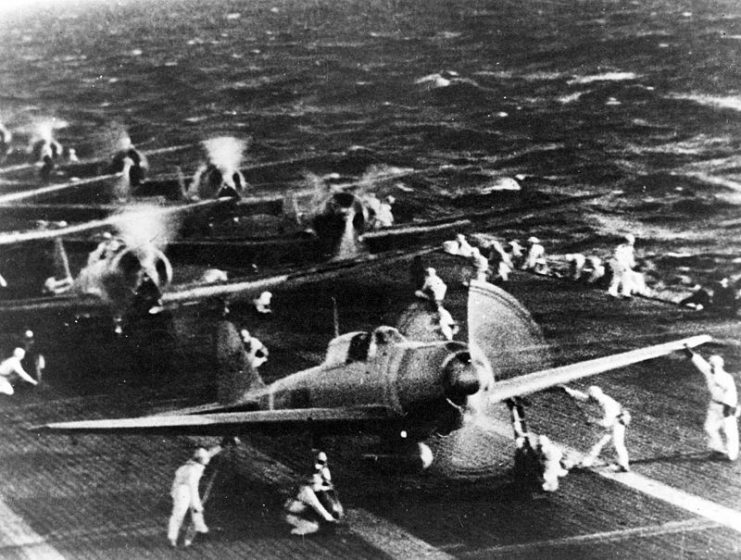
An Aerial Armada
In the early days of the war in the Pacific, it seemed to the Allies that the Japanese must have had an endless supply of Zeros. They appeared in every major battle, tearing holes in Allied air forces.
In reality, the Japanese had fewer than 500 Zeros by December, 1941, but they were working on making more. Over the course of the war, Mitsubishi manufactured 3,879 Zeros. In addition, Nakajima made a further 6,215, and Sasebo, Hitachi, and Nakajima produced 844 between them – a total of 10,938 planes.
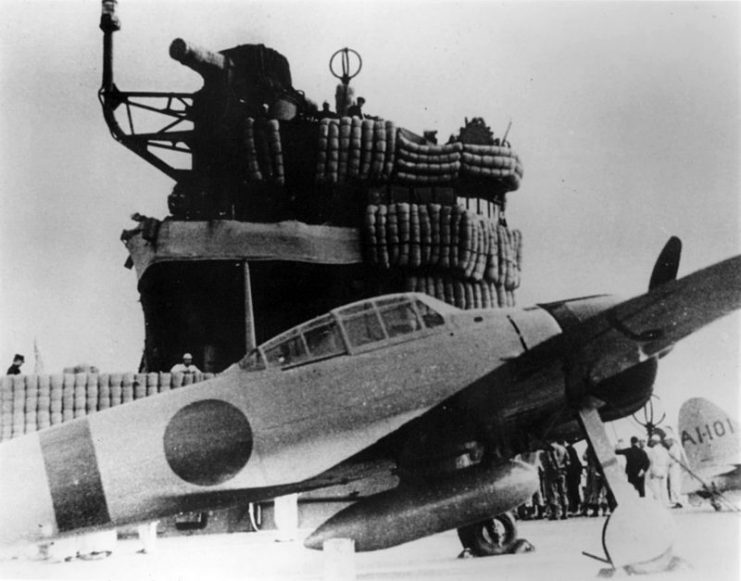
Dominating the Early War
Throughout 1942, the Zero flew triumphantly through the skies over East Asia and the western Pacific. Fast, maneuverable, and well-armed, it was regularly able to defeat the fighters the Allies flew against it. In fighting over Ceylon, Zeros decisively defeated British Hawker Hurricanes, planes admired for their impressive maneuverability.
Flying from Land and Sea
Though designed as carrier aircraft, Zeros also flew from land. This often involved longer distance flights, as Japan used island bases to extend its dominance.
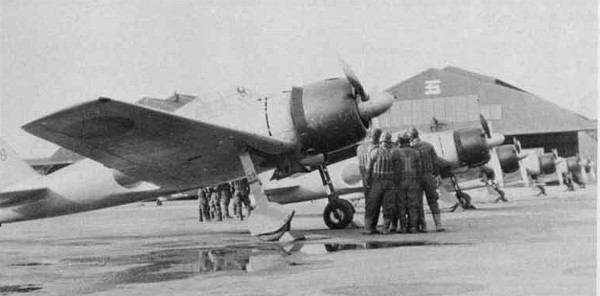
Flown by the Enemy
“Know your enemy” is one of the most fundamental maxims of war. In keeping with this, understanding and defeating the Zero became an obsession for Japan’s opponents. In the middle of 1942, they finally got their wish when they captured a Zero intact.
This plane was shipped to the United States, where a program of intensive testing began. To their surprise and delight, the Americans discovered that this powerful plane had flaws and limitations, flaws which they could now use to their advantage.
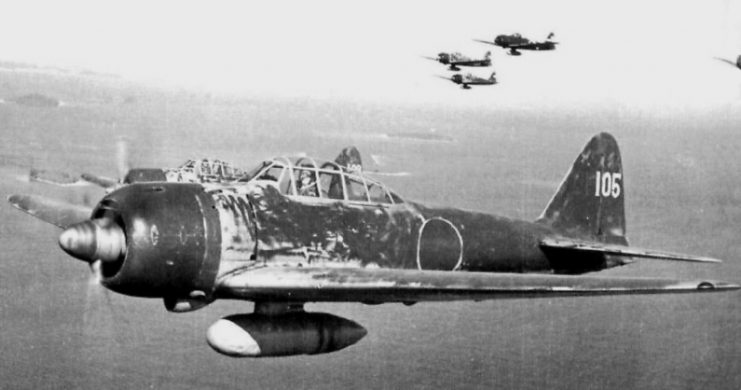
The Americans, British, and Chinese all carried out test flights in captured Zeros bearing their countries’ own markings. This became a driver for innovation in the Pacific war.
Fall of a Champion
In 1943, the tables were turned. The Allies, who had been frantically improving their fighter designs, started fielding planes with more powerful engines and better armor. The Zero, which had barely changed in four years, had little protection against harder-hitting weapons and better-moving planes. The Zero went from winning most confrontations to losing them.
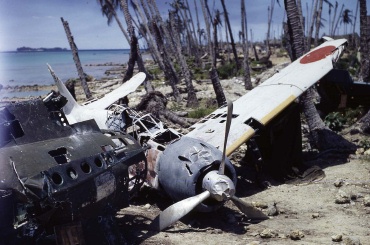
Engine Upgrade
To counter this change, Mitsubishi created the most powerful Zero, the A6M8. Its 1560hp Kinsei engine made it a better match for its enemies, but it wasn’t enough to regain its dominance.
Kamikaze
Having lost much of its value as a fighter, the Zero was the first plane to be used in kamikaze (“divine wind”) attacks. Loaded with explosives, Zeros were turned into flying bombs for suicide attacks against Allied targets. Following the first successes, entire kamikaze teams were formed, with Zeros as their most popular planes.
Once the best weapon in the air, the mighty Zero could now only win by destroying itself.
